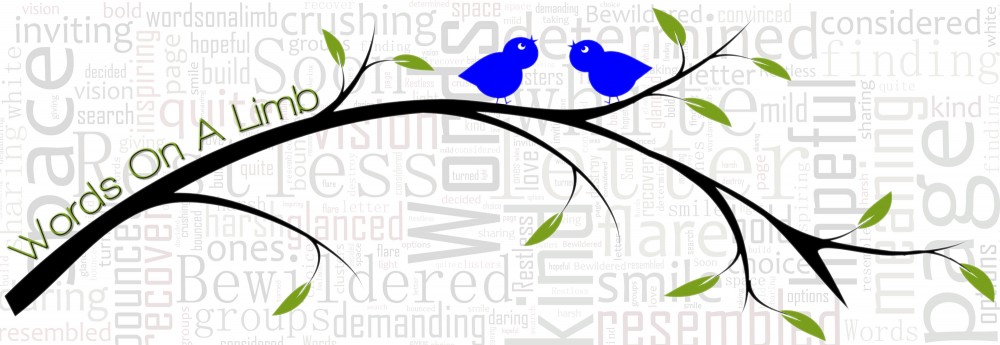What picture book author hasn’t heard these sentiments expressed time and time again? On the one hand, they are a nice reflection of the longing shared by so many people to tell a story, to participate in the creative process, to turn a spark generated by a moment or an image or a feeling into something memorable and lasting.
On the other hand, they seem to underestimate, and under-appreciate, the complex synthesis of effort, inspiration, dedication, skill and delicate reworking required to create the precious, compact world that is a picture book. Ask any of us who do write picture books, and we’ll tell you: It might look easy, but it ain’t!
So what’s the magic formula? How do you write a picture book story that lifts off the page into the world of possibilities? How do you write those words that will be transformed by visuals into a book that captures the imagination of young readers?
Well, it turns out there isn’t actually a magic formula; however, in this month’s column, five well-known authors of award-winning picture books, Dan Bar-El, Ruth Ohi, Hazel Hutchins, Monica Kulling and Cary Fagan, generously share writing tips and suggestions. Hope you learn lots. I know I did!
Continue reading →

